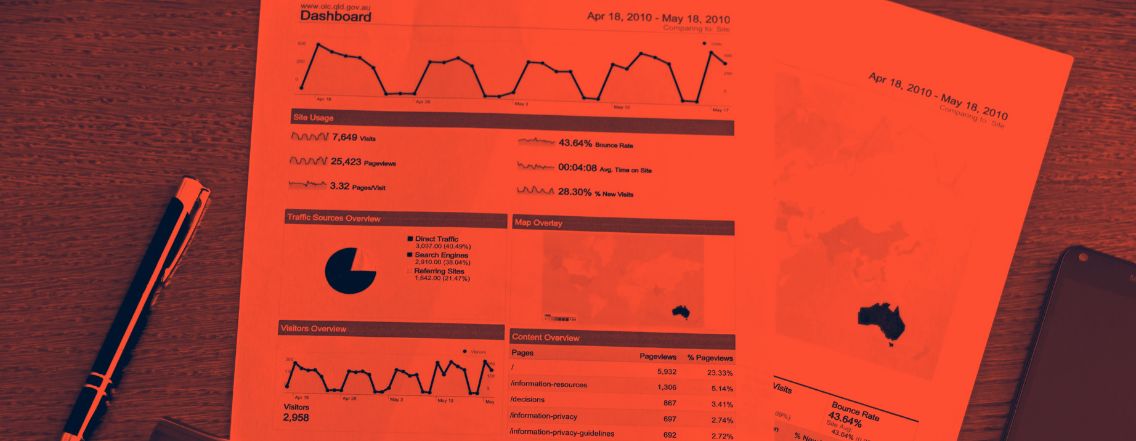This article is part of our series on subscription strategies, whether you’re looking to launch your subscription offer or optimize an existing one. 😃
This series covers all aspects of the topic: acquisition, conversion, customer retention, and KPIs.
In an increasingly competitive market, subscription companies need to set themselves apart with strategies that captivate and build lasting loyalty.
Marketing activation plays a decisive role here: it transforms simple curiosity into concrete commitment.
By demonstrating the value of a product or service from the outset, it establishes a strong bond, often even before purchase.
But marketing activation doesn’t stop there!
It also builds memorable experiences, touches the emotions and encourages rapid adoption.
In this article, we decode its mechanisms, innovative approaches and concrete results, to support companies in their quest for growth and a loyal audience.
What is marketing activation?
Marketing activation focuses on the first significant interaction between a user and a product.
This is the pivotal moment when a customer or prospect discovers the real value of an offer and becomes more committed.
As part of the AARRR framework – on which we have written a dedicated article – it follows closely on from acquisition to transform initial interest into concrete use.
Why is activation essential to a marketing strategy?
Marketing activation goes beyond the simple transition between acquisition and loyalty.
It represents the moment when a prospect discovers the true value of a product and becomes an active user.
To ignore this stage is to risk squandering even the most successful acquisition efforts. Audience segmentation plays a key role in this stage.
Adapting campaigns to the expectations of identified personas reinforces their relevance. In the field of subscriptions, specifically targeting new subscribers or inactive users maximizes the impact of each action.
This may enable you to save the 25% of customers who consider leaving a brand after just one negative interaction, according to McKinsey.
Friction-free activation is essential to guarantee a positive start.
What’s more, a high activation rate has a direct impact on long-term loyalty.
According to Gartner, exceeding a rate of 40% can improve long-term loyalty by 30%. This is an objective not to be overlooked, given that a Harvard study has shown that a 5% increase in customer retention can boost profits by 25-95%.
A little math and the results are in: the snowball effect can be nothing short of colossal.
The different types of marketing activation
Marketing activation is deployed according to a company’s specific characteristics, ambitions and audience.
The channels are varied: downloading content, interaction on social networks, participation in events, and many others.
Activation via social networks
Social networks offer targeted, fast activation adapted to a specific audience.
They can almost guarantee an excellent return on investment, thanks to advanced targeting tools.
Revolve is a perfect example of this strategy. By organizing exclusive festivals reflecting its fashion and community values, the brand generates powerful engagement.
At Coachella, influencers and celebrities gather around its products, amplifying its reach while solidifying the bond with its customers.
According to Hubspot, Instagram stands out as the social network offering the best return on investment.
Interactive formats, such as stories, polls or live demonstrations, play a key role. They effectively capture attention and encourage positive initial interactions.
These media strengthen engagement with the audience from the very first moments.
Educational content
Educational materials such as white papers, articles, videos and webinars play a key role in user activation.
According to HubSpot, 67% of companies that regularly publish content on their blog see an increase in qualified leads.
Physical and digital events
Events – such as workshops, conferences, trade show participation, demos – amplify engagement through memorable experiences.
In 2022, 61% of B2B marketers identified physical events as still their main activation lever.
Apple, for example, held its annual developer conference, WWDC 2024 in an entirely online format.
This virtual event enabled developers from all over the world to discover the latest innovations in iOS, iPadOS, macOS, watchOS and tvOS, and to interact with Apple engineers.
Optimizing purchasing paths
Purchase path optimization is another form of marketing activation.
It relies on several key levers:
- Intuitive navigation: a clear interface and a high-performance search engine facilitate rapid access to the products or services you’re looking for.
- Eliminating obstacles: reducing friction points such as lengthy forms or unexpected charges simplifies decision-making.
- Personalization: tailor-made recommendations and targeted offers reinforce customer commitment by responding precisely to their needs.
- Reassurance: displaying customer reviews, certifications or guarantees creates a climate of trust and encourages purchase.
- Relevant content: detailed descriptions, buying guides and clear answers to frequently asked questions help customers to make up their minds more quickly.
How to achieve successful marketing activation? Our best practices!
Identify and eliminate friction points
Analysis of the customer journey often reveals obstacles to use or satisfaction.
Amazon, with its Prime service, identifies the reluctance of users to make a commitment as soon as they sign up.
To remove this obstacle, the platform offers a free 30-day trial, accompanied by a simplified and transparent cancellation process.
This approach reduces the fear of an overly restrictive commitment, encouraging users to test the service without any perceived risk.
Create fluid, personalized onboarding experiences
Well-designed onboarding transforms the first moments of use into a captivating experience.
The Duolingo language-learning application is a good example of this.
Upon registration, a quiz assesses the user’s level and objectives. This process personalizes the experience and encourages regular use, laying the foundations for lasting loyalty.
Reduce time-to-value
Reducing the time between registration and the perception of a product’s value is a key strategy for successful activation.
Slack puts this into practice with an interactive tutorial integrated as soon as a workspace is created.
With just a few clicks, users discover how to invite members and configure channels, quickly experiencing the concrete benefits of the tool.
Exploit customer data strategically
Behavioral and usage data transform activation campaigns.
Spotify is a striking example: its algorithm analyzes musical tastes to create personalized playlists.
This system doesn’t just meet expectations. It anticipates, surprises and adapts, making the service essential to everyday life. By offering this kind of experience, Spotify is quickly becoming indispensable.
2 concrete examples of successful campaigns
Dropbox and incentive activation
Dropbox has made a spectacular leap forward in activating its users through a simple referral program.
The offer: additional storage space for each new sign-up obtained by recommendation.
The result? Phenomenal growth in registrations.
This success is based on simple, engaging mechanics that encourage users to take an active part in promoting the service.
Patreon and the Psych Framework
Patreon illustrates the importance of careful onboarding through its use of the Psych Framework.
By focusing on creating positive interactions and removing obstacles, the platform has transformed the user experience.
This methodical approach led to a substantial increase in activation rates, proving that psychologically optimized design can convert visitors into engaged members.
Turning initial interactions into lasting success
Activation marketing transforms the trial run for subscription companies. More than a conversion, it’s the art of captivating, engaging and forging a lasting bond.
Netflix, Dropbox or Spotify don’t just attract: they make an impression from the very first contact.
It’s all about surgical precision. Identifying critical moments, reducing obstacles and exploiting tools such as Time-to-Value or personalized experiences means building a strong, long-lasting relationship.
Payment, often perceived as an obstacle in the user journey, deserves special attention.
With SlimPay, the European leader in account-to-account payments, you can simplify the collection of recurring payments, eliminate transaction barriers, and make this critical step more fluid.
Offering an effortless payment experience removes a major barrier to engagement, while boosting subscriber satisfaction and loyalty.
FAQ
What is marketing activation in simple terms?
Marketing activation refers to initiatives that encourage consumers to interact with a brand or product.
This can include campaigns on social networks, events or offers designed to deliver a positive and memorable first experience.
What are the main marketing activation tools?
Social networks, educational content such as white papers and webinars, physical or online events, and sponsorship programs are among the most effective tools.
To maximize their impact, these tools need to be adapted to each campaign’s objectives and audience expectations.
Why is Time-to-Value essential in an activation strategy?
Time-to-Value, or the time it takes for the user to perceive the value of a product, directly influences its adoption. The shorter the delay, the faster the engagement.
Platforms like Netflix or Patreon succeed by creating immediate experiences that captivate users from the very first interactions.




